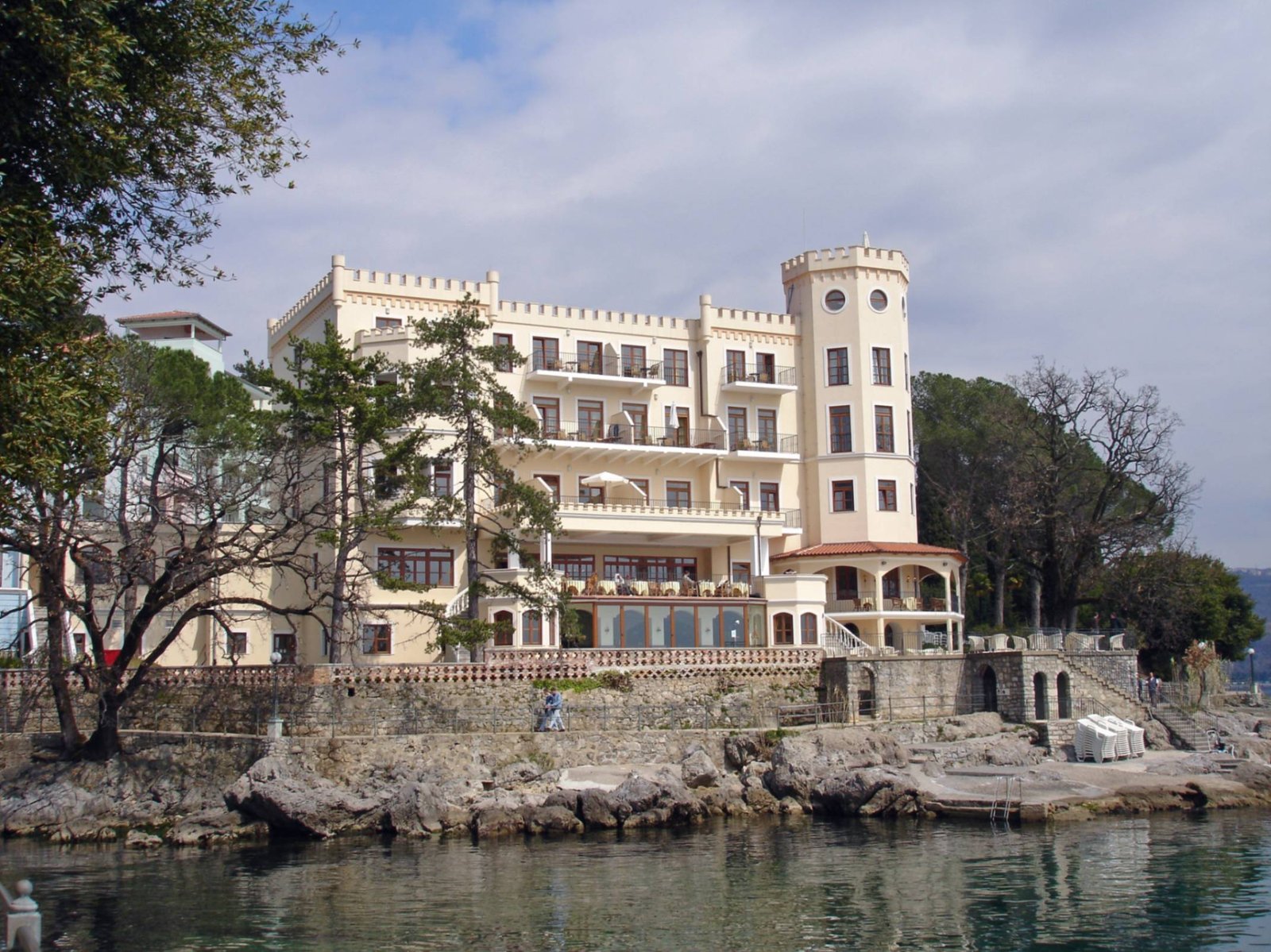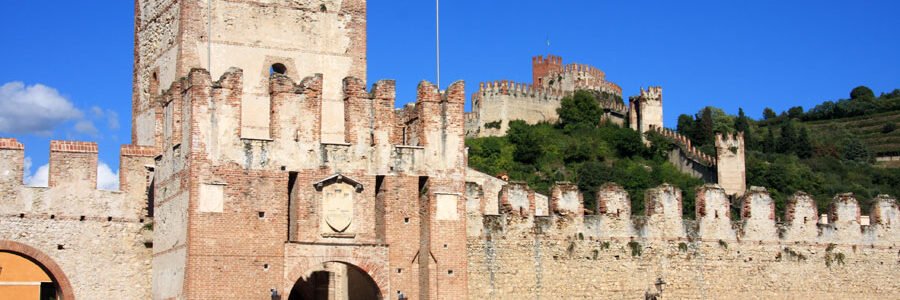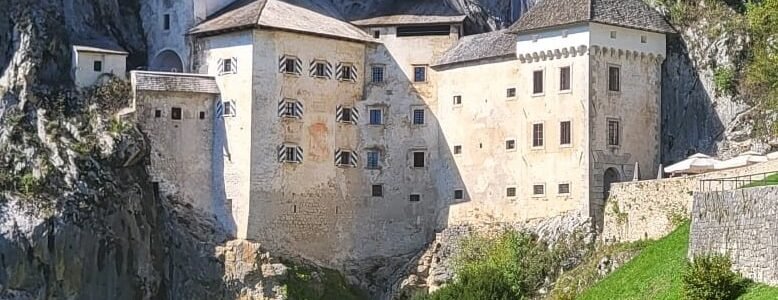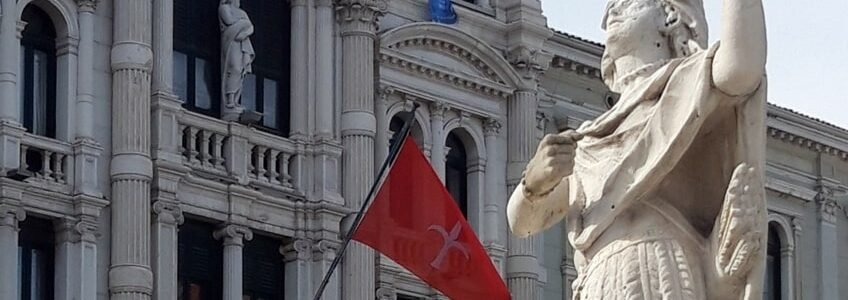Opatija Travel Guide
Zagreb City Guide
Opatija Travel Guide
Opatija Travel Guide
Built for Emperors, Still Holding Its Ground
Opatija didn’t become a resort — it was designed as one. In the late 1800s, it was the place where Austro-Hungarian aristocracy escaped the fog and coal of Vienna. The Kvarner Gulf had air that doctors prescribed. Palaces were built for rest, not defense. That attitude stuck. The architecture isn’t defensive. It’s open, white, and wide. Even today, walking down Slatina feels like a stroll on a promenade made for slow pace and straight spines.
The Hotel Kvarner, the first in the region, opened in 1884. It’s still there. Still working. Same goes for the Lungomare — a 12-kilometer coastal path where people walk, sit, meet, and pass each other with purpose or none at all. Opatija didn’t update its DNA just to fit tourism trends. That’s what makes it different from towns that chase hashtags.
Getting Around and Getting There
Parking isn’t impossible, just limited. Most hotels have lots. Otherwise, it’s best to leave the car and move on foot. The layout encourages it. And if you’re leaving to Austria or planning a smooth exit, a customized ride saves you from stitching together buses and border stops.
The town isn’t sprawling. It fits in your pocket after a day or two. Which makes it ideal for short trips, low-effort weekends, or that middle stop between Dalmatia and Central Europe.
Rijeka Airport is the nearest hub, about 45 minutes by car. There’s also train access via Rijeka and bus connections from Zagreb, Ljubljana, and Trieste. Once you’re in, you won’t need much more than sandals and time.
What to Actually See
Don’t expect a checklist of monuments. Opatija is more about the full picture. Still, there are places worth pausing for:
- Villa Angiolina: The building that started it all. Built in 1844, it triggered Opatija’s transformation from fishing village to wellness destination. Now part of the Croatian Museum of Tourism.
- Maiden with the Seagull: Probably the most photographed statue in Opatija. It’s small, not overwhelming, but it frames the Adriatic perfectly. Early morning or late afternoon — that’s when it works.
- Church of St. James: The town’s namesake. Simple. Peaceful. Surrounded by gardens, not walls.
- Lungomare Walk: This isn’t a thing to check off. It’s what ties the town together. Start at Volosko, end at Lovran — or just join it for a segment.
- Park Angiolina & Botanical Garden: Carefully maintained green zones filled with camellias and laurels. Great for shade, quiet, and a break from the promenade.
Beach Culture, But Not What You Think
If you’re looking for sand, you’ll be disappointed. Opatija’s beaches are made of platforms, stones, stairs into the sea. But they’re efficient. Locals bring cushions, radios, books. Some tourists expect the Caribbean — those don’t come back. But those who want clean water and no nonsense usually do.
Slatina Beach is central, with cafes right above. Tomasevac is better for families. Lido Beach has the best access to everything. And if you want quieter spots, just walk further. The Lungomare never runs out of ledges to sit on.
In the Shadow of Rijeka, and Fine With It
Just 20 minutes away, Rijeka is louder, bigger, and rougher. That’s perfect. Opatija doesn’t need to prove anything. You can hop over for a dose of city life — theaters, shopping, festivals — and return by sunset to a town that prefers calm over noise.
Same goes for the Istrian peninsula. Motovun, Grožnjan, and Hum — all within driving distance. Take a day trip inland for wine, olive oil, and small towns built on hilltops. Then come back down to sea level and reset.
Also nearby: Učka Nature Park. A 20-minute drive takes you to hiking trails, panoramic views, and cool air. It’s the exact opposite of the promenade — vertical, green, and surprisingly empty.
Food That Doesn’t Shout
Seafood is obvious — but it’s done right. Scampi from Kvarner Bay, black risotto, grilled branzino. Simple plates, local ingredients, no explanation needed. Try Plavi Podrum in Volosko if you want Michelin attention, or Roko for something more casual but still tight.
Coffee culture leans Italian, as expected. Small cups, strong pours. Take them on the terrace, not on the go. Locals would rather be late than walk with coffee in hand.
Pastries matter. Kremšnita, rožata, and chestnut desserts in autumn. Most bakeries will surprise you. Even hotel breakfasts lean toward substance over show.
Opatija’s Secret Power: It Doesn’t Apologize
There’s no attempt to become Split or Dubrovnik. Opatija knows it’s not a party town. It doesn’t push adventure tours. It stays close to what it’s always been — a break. A pause. A place where people dress well in the evening and eat dinner with tablecloths.
The streets stay quiet past midnight. The bars close early. You won’t find DJs on the beach, but you will hear string quartets or old jazz from hotel balconies. It’s elegant in the way old money is — not loud, but certain.
Need More Details?
Timetables for museum exhibits, walking trails, and local transit routes are easy to find on the Opatija tourism board site. It’s clear, fast and doesn’t bury you in fluff.
Worth It, If You’re Not in a Hurry
Opatija isn’t for everyone. If you need clubs, chaos, or Instagram shock value — look elsewhere. But if you want a town that lets you slow down without becoming boring, this is it. There’s enough beauty to keep your camera busy, but not so much that you forget to look up.
It’s the kind of place that works better the second time. And even better the third. No tricks. Just consistency.
Opatija Travel Guide
On the quiet curve of the Kvarner Gulf, Opatija blends sea air with Austro-Hungarian elegance. Villas trimmed in wrought iron, seaside promenades kissed by pine and laurel, and cafés that never hurry you — the town doesn’t perform, it remembers. A journey here is less about discovery, more about return.
Those arriving from the north often take the transfer from Vienna to Opatija — a route that slides from imperial grandeur into coastal hush, like stepping out of history and into reflection.
- Vienna to Opatija: from palace corridors to Adriatic calm
- The way back carries the scent of pine and salt
- A path between two capitals — one green, one golden
- From Slovenia’s skies to Austria’s heart
- Castles of Vienna, before the coast of Opatija
- Transfers that follow the tempo of travel
You don’t arrive in Opatija — you settle into it
The Lungomare walk invites you to slow down. Not as a suggestion, but as a certainty. There are benches, balustrades, gardens in bloom — and something about the sea here that doesn’t demand attention, but welcomes it. Every step feels like part of a longer breath.
- Perfect for travelers drawn to old-world elegance
- Even the architecture feels like it’s listening
- Sea meets silence, not spectacle
- Cafés offer time as much as coffee
- Good for unhurried days that stretch without structure
Some destinations don’t need to be loud to be lasting
Opatija blog pages unfold in slow seaside rhythm and quiet charm
Opatija is a place where the sea speaks softly, and history doesn’t shout. It offers what many cities forget — space to just be. For more about this timeless coastal retreat, visit the Official Opatija tourism site.
RECENT POSTS
- TripCom Slovenia Online Presence July 9, 2025
- Zurich City Guide July 1, 2025
- Liechtenstein City Guide July 1, 2025





























































Leave a Comment